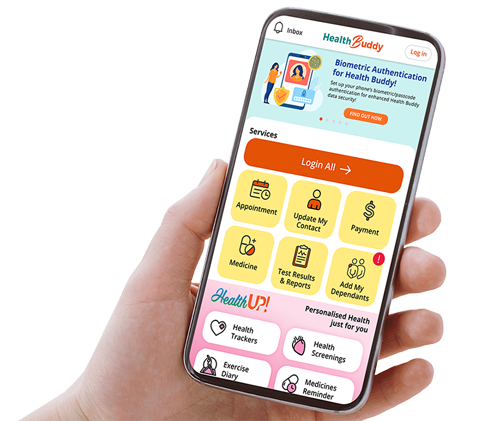Lorem Ipsum is simply dummy text of the printing and typesetting industry. Lorem Ipsum has been the industry's standard dummy text ever since the 1500s, when an unknown printer took a galley of type and scrambled it to make a type specimen book. It has survived not only five centuries, but also the leap into electronic typesetting, remaining essentially unchanged. It was popularised in the 1960s with the release of Letraset sheets containing Lorem Ipsum passages, and more recently with desktop publishing software like Aldus PageMaker including versions of Lorem Ipsum.

It is a long established fact that a reader will be distracted by the readable content of a page when looking at its layout. The point of using Lorem Ipsum is that it has a more-or-less normal distribution of letters, as opposed to using 'Content here, content here', making it look like readable English. Many desktop publishing packages and web page editors now use Lorem Ipsum as their default model text, and a search for 'lorem ipsum' will uncover many web sites still in their infancy. Various versions have evolved over the years, sometimes by accident, sometimes on purpose (injected humour and the like).
Podiatry Conditions We Treat
Plantar fasciitis is an inflammatory and degenerative condition of the thick band of tissue that connects the heels to the toes. This type of heel pain can cause you to limp out of bed in the morning. If the pain is allowed to persist, this often results in walking difficulties. A podiatrist can diagnose plantar fasciitis by performing a biomechanical assessment and gait analysis and recommend appropriate footwear, stretches and orthoses if needed.
If you have flat feet but do not feel pain or discomfort, you may not need insoles. Podiatrists prescribe insoles that help to improve alignment, redistribute pressure, and optimise function to minimise pain and injury risks. In fact, your feet will not retain the shape of the orthotics when you are not standing on them.
With advancing age, the foot and ankle undergo physiological changes such as reduced joint mobility or loss of fat pad acting as a cushion for the soles and heels. Ultimately, this may affect the way your feet function. This does not mean that your feet should necessarily become painful as they get older. However, it does mean that they may not be able to sustain the same levels as when you were younger. Hence you should pay more attention to your feet.
















